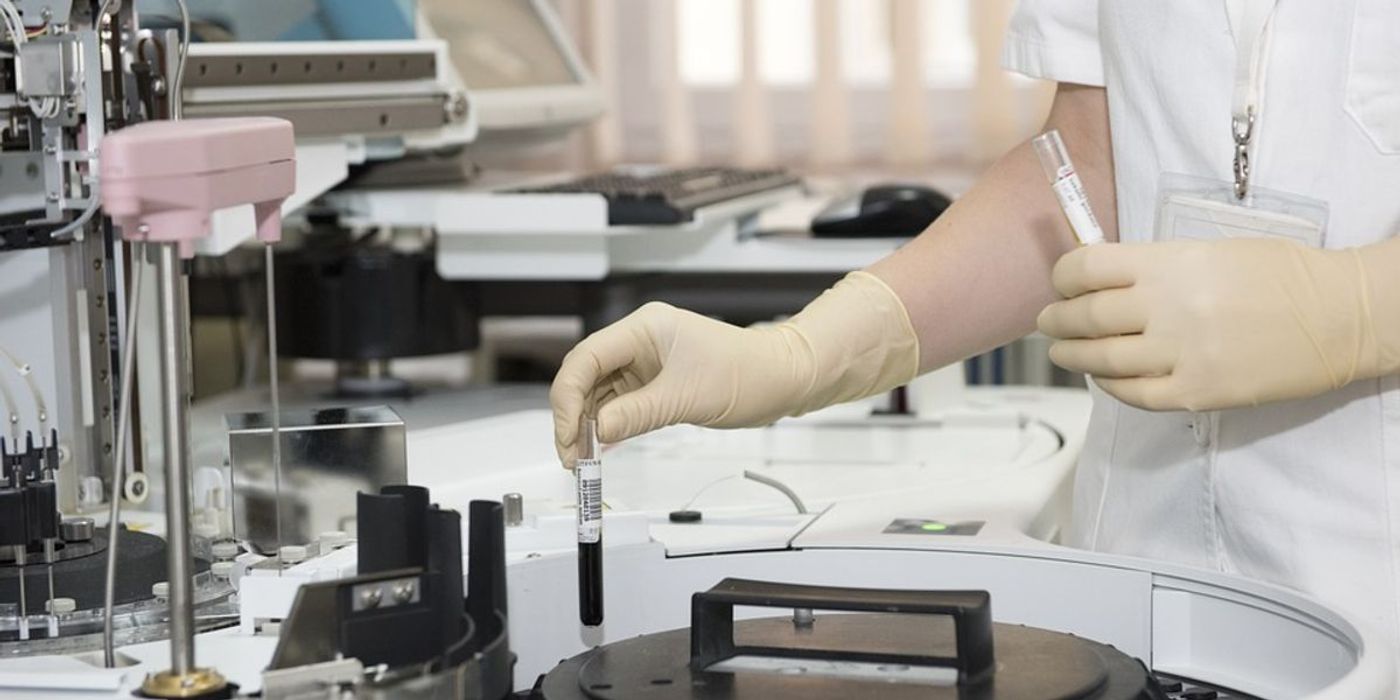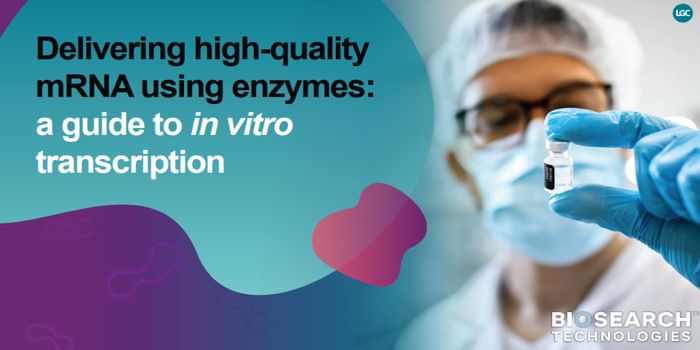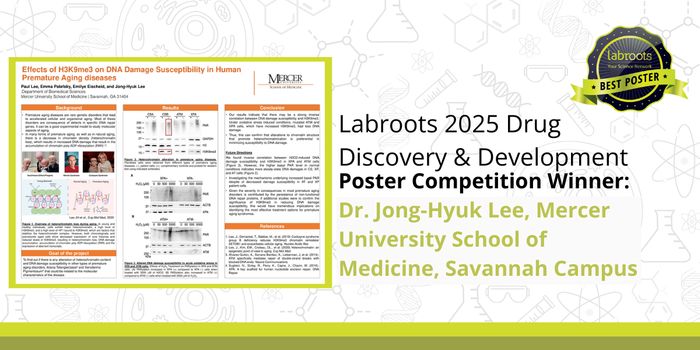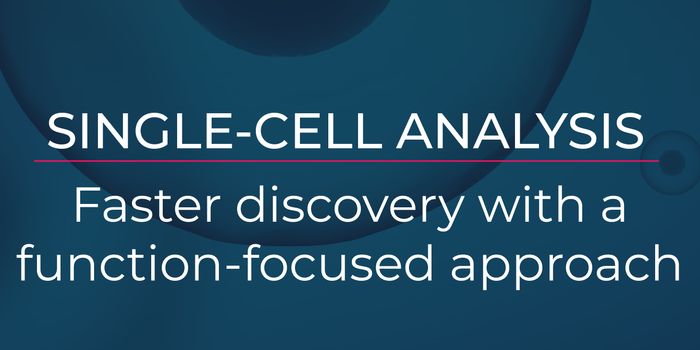How Does Ecstasy Treat PTSD?
Conventionally, Post Traumatic Stress Disorder (PTSD) is treated via talk therapy, with the aim of getting patients to open up about their trauma and rewire how they associate to it. Although successful in many cases, certain varieties of the disorder are unresponsive to traditional therapy, and so require other treatments. Treatments involving ecstasy (or MDMA) have so far proven effective. But how?
To treat PTSD, ecstasy is used as a facilitator for talk therapy. First synthesized in 1912, its therapeutic benefits were studied in the 1970’s until it designation as a Schedule 1 drug in 1985, due to its popularity as a recreational drug (Stone: 2019). In recent years however, clinical studies have demonstrated its utility in treating otherwise untreatable cases of PTSD. The first of such clinical studies was conducted in 2010, and had impressive results.
For the study, researchers randomly assigned 20 people with chronic PTSD (refractory to both psychotherapy and psychopharmacology) to psychotherapy either with an ecstasy component or an inactive placebo. Administered during two 8-hour sessions, both groups also received preparatory and follow-up non-drug talk therapy.
At a two-month follow up after finishing treatment, the researchers found that 83% of those who had taken ecstasy saw significant improvements in their symptoms, whereas the same was only seen in 25% of the placebo group. In addition to this, neither group experienced serious drug-related events, negative neurocognitive effects, or significant increases in blood pressure.
These results of course brought more interest into ecstasy’s potential to treat PTSD, with Phase 3 clinical trials currently underway to develop MDMA-assisted psychotherapy for PTSD into an FDA-approved prescription treatment by the end of 2021(MAPS: 2019). But, given the substance’s reputation for depressive come-downs due to its serotonin-depleting effects, how does it enhance therapeutic outcomes (Lennon: 2019)?
MDMA causes large increases in several neurotransmitters in the brain, including serotonin, known to contribute to general feelings of wellbeing and happiness. It also increases the release of oxytocin, known to affect how people respond to facial expressions. Research has shown that those with higher levels of oxytocin are less likely to interpret facial expressions as angry and threatening (Miller: 2016). Coupled with the general feelings of wellbeing and connection that the substance induces, this means that people with PTSD, who tend to be hypervigilant for threats, are able to better relax and thus more easily trust their therapist, making them more susceptible to effective treatment.
What’s more, through brain imaging techniques, the substance has been shown to reduce blood flow to the amygdala and the hippocampus, lessening the emotional response people have when accessing traumatic memories, thus making them easier to confront and overcome with the aid of a therapist (Nutt: 2018).
To conclude, ecstasy is used to treat PTSD as a part of talk therapy. Under the oversight of specially-trained therapists the substance works by allowing patients to feel more at ease accessing traumatic memories and discussing them with their therapists. Although still under research, MDMA-assisted therapy so far has seen much success, especially in treating those with otherwise untreatable trauma.
Sources
Stone, Will: NPR
Lennon, Annie: Labroots
Nutt, David: Psychopharmacology Institute
Miller, Sara G.: Live Science










